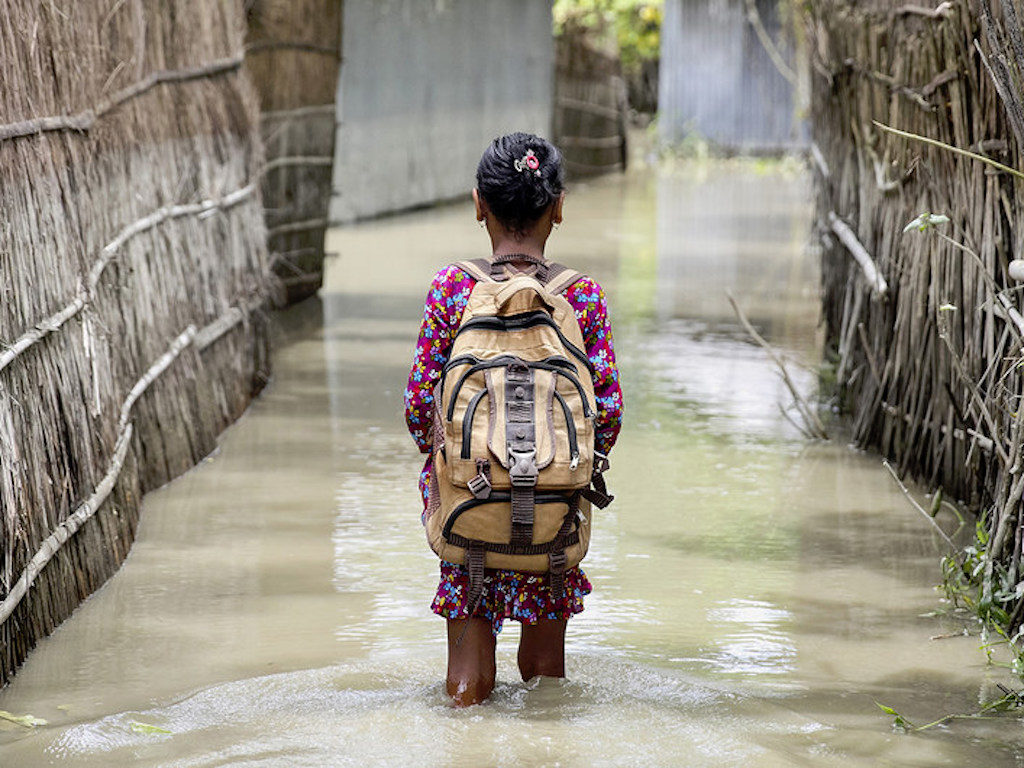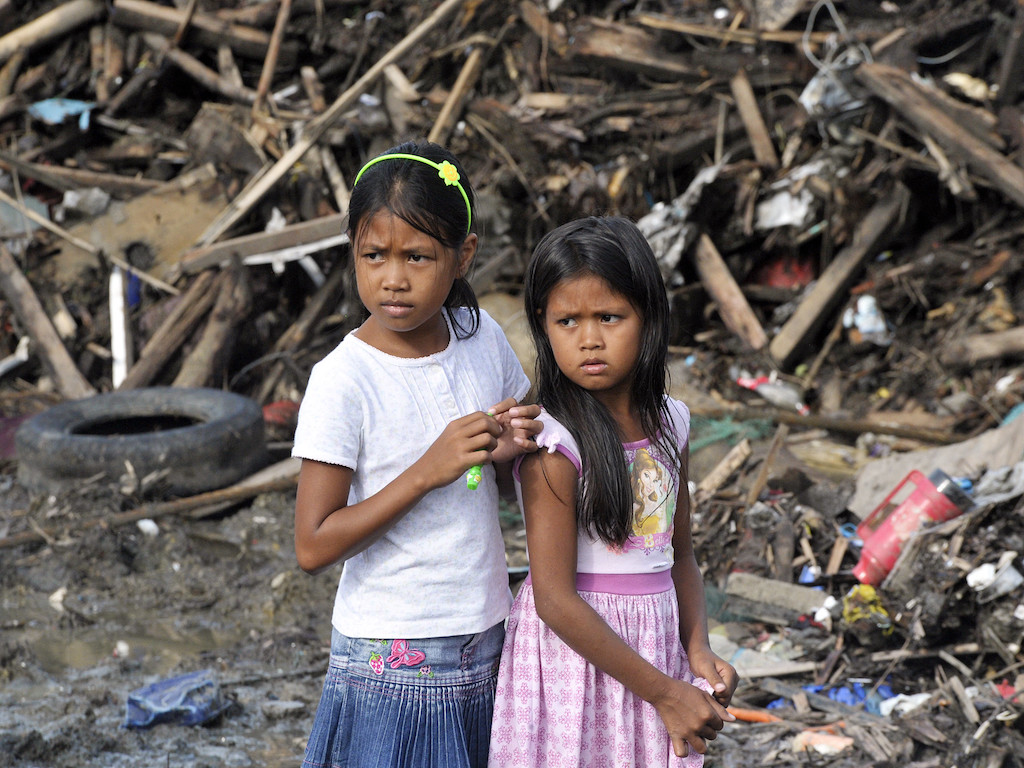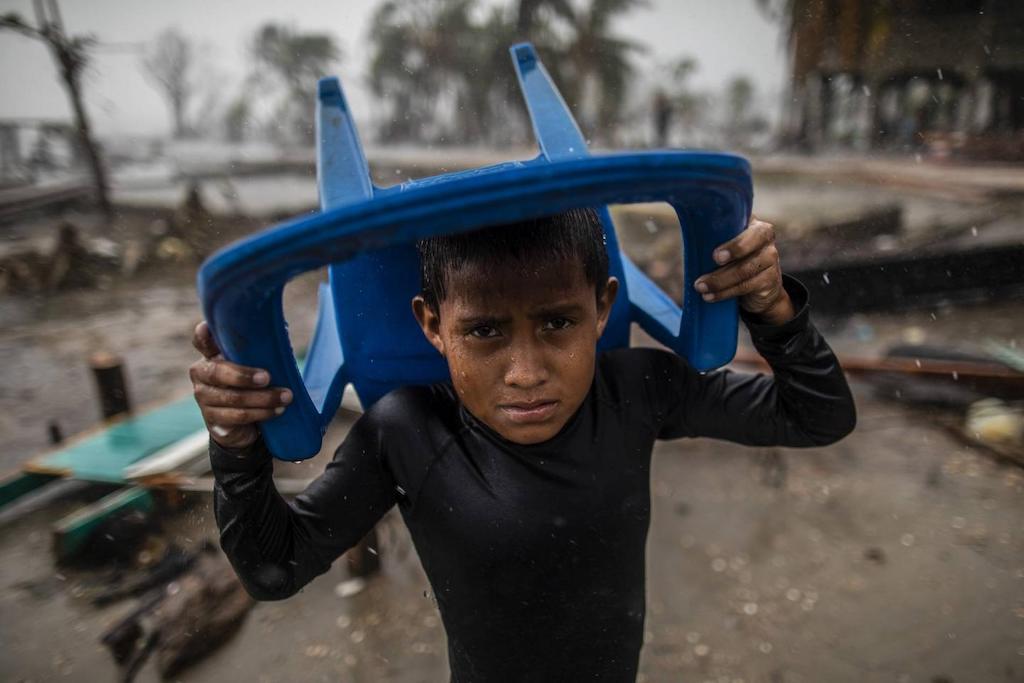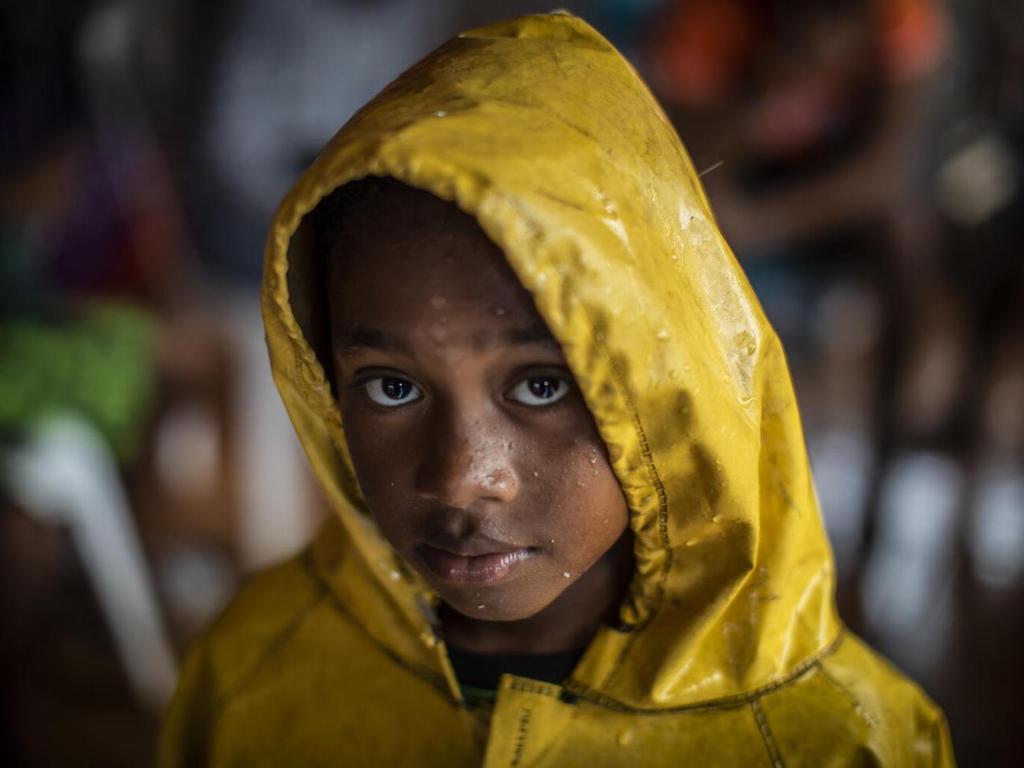4 Mins Read
One billion children globally are facing “extreme” risk from the impacts of the climate crisis, experts from Unicef warn. According to a new report from the U.N. body, young people in the Central African Republic, Chad, and Nigeria are most vulnerable to threats to their health, education, and exposure to disease as a direct result of the climate emergency.
In a new report, Unicef puts forward a staggering number of one billion children who are to be under “extremely high risk” of climate change impacts. The figure is nearly half of the world’s current child population of 2.2 billion. The report is part of the agency’s first child-focused climate risk index, which analyses children’s risk from a child’s perspective and ranks countries based on children’s exposure and vulnerability to environmental shocks.

One billion children
Examples of these environmental shocks as a result of intensifying climate change include tropical cyclones, hurricanes, heatwaves, and floods, and the index also considers childrens’ ability to withstand these shocks based on access to essential services in their countries.
Unicef’s index, which estimates that over one billion children are now facing “extremely high risk”, was launched in collaboration with Greta Thunberg’s Fridays for Future campaign, which is now in its third year.
The one billion children at “extreme” risk of climate change impacts live in 33 countries, with the most vulnerable in the Central African Republic, Chad, Nigeria, Guinea, and Guinea-Bissau. These children, according to Unicef, are facing a “deadly combination of exposure to multiple climate shocks…[and] inadequate essential services, such as water and sanitation, healthcare and education.”
Following the landmark IPCC report that signalled a “code red” for humanity earlier this month, Unicef says that the number of children facing climate risk is “likely to get worse as the impacts of climate change accelerate.”
A third of children face 4 overlapping climate shocks

Another stark finding from the report was that 1 in 3 children globally—850 million children—currently live in areas where four climate shocks overlap. One in 7 children live in regions affected by five major shocks at the same time. Overlapping shocks include coastal and riverine flooding and cyclones, vector-borne diseases, lead pollution, water scarcity, and air pollution.
Water scarcity and air pollution affect the largest number of children globally, with 920 million and one billion considered “highly exposed” to these circumstances respectively.
“For the first time, we have a complete picture of where and how children are vulnerable to climate change, and that picture is almost unimaginably dire,” commented Unicef executive director Henrietta Fore.
“Climate and environmental shocks are undermining the complete spectrum of children’s rights, from access to clean air, food and safe water; to education, housing, freedom from exploitation, and even their right to survive. Virtually no child’s life will be unaffected.”
Climate risk inequality
Experts at Unicef further highlighted the deep inequities between the countries who generate the most GHG emissions driving the climate crisis, and the regions set to experience the worst impacts most frequently and rapidly.

Together, the 33 countries labelled as “extremely high risk” in the Children’s Climate Risk Index (CCRI) are responsible for just 9% of the world’s carbon footprint. By contrast, only one out of the 10 highest-emitting countries accounting for 70% of global emissions were named as one of the “extremely high risk” countries in the index.
Related: 90% of the world’s emissions comes from just 8% of the Earth’s surface area
“Climate change is deeply inequitable. While no child is responsible for rising global temperatures, they will pay the highest costs,” said Fore. “The children from countries least responsible will suffer most of all.”
In light of these findings, the report is urging for decisive action on the part of states and corporations to improve children’s defence against climate shocks by boosting investments into adaptation and resilience services. It also called for a rapid reduction in global GHG emissions in line with the Paris agreement, and to empower children with climate education and a voice at the national and international table in climate-decision making.
“There is still time to act,” urged Fore.
In a statement, Fridays for Future activists Farzana Faruk Jhumu, Eric Njuguna, Adriana Calderón and Greta Thunberg, said: “We must acknowledge where we stand, treat climate change like the crisis it is, and act with the urgency required to ensure today’s children inherit a liveable planet.”
All images courtesy of Unicef.




